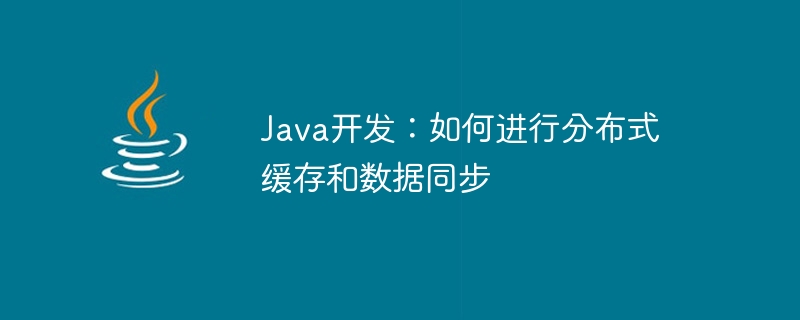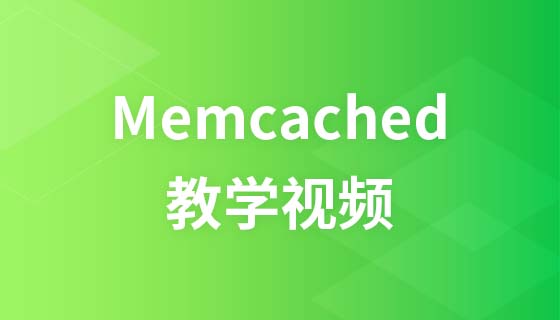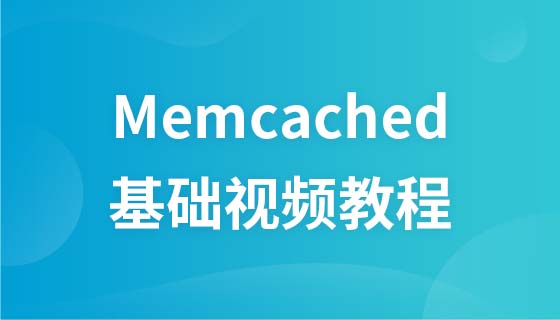
Java开发:如何进行分布式缓存和数据同步,需要具体代码示例
引言:
在现代Web应用程序中,分布式缓存和数据同步是常见的需求。分布式缓存可以提高应用程序的性能和扩展性,而数据同步则确保在多个应用程序实例之间保持数据的一致性。本文将介绍如何使用Java开发实现分布式缓存和数据同步,并提供具体的代码示例。
一、分布式缓存的实现
1.1 选择适当的缓存解决方案:
目前,有许多成熟的分布式缓存解决方案可供选择,比如Redis、Memcached等。在选择缓存解决方案时,需要考虑以下几个因素:
1.2 配置和使用缓存:
以Redis作为分布式缓存解决方案为例,以下是配置和使用Redis的示例代码:
立即学习“Java免费学习笔记(深入)”;
// 引入Redis客户端库
import redis.clients.jedis.Jedis;
public class RedisCache {
private Jedis jedis;
public RedisCache(String host, int port) {
jedis = new Jedis(host, port);
}
public void set(String key, String value) {
jedis.set(key, value);
}
public String get(String key) {
return jedis.get(key);
}
public void delete(String key) {
jedis.del(key);
}
}
// 使用示例
RedisCache cache = new RedisCache("localhost", 6379);
cache.set("key", "value");
String value = cache.get("key");
cache.delete("key");二、数据同步的实现
2.1 使用发布/订阅模式:
发布/订阅模式是实现数据同步的一种常见模式。该模式下,发布者发布消息到指定的频道,订阅者则订阅感兴趣的频道,从而实现数据的自动同步。
以下是使用Redis的发布/订阅模式实现数据同步的示例代码:
// 发布者
import redis.clients.jedis.Jedis;
public class Publisher {
private Jedis jedis;
public Publisher(String host, int port) {
jedis = new Jedis(host, port);
}
public void publish(String channel, String message) {
jedis.publish(channel, message);
}
}
// 订阅者
import redis.clients.jedis.Jedis;
import redis.clients.jedis.JedisPubSub;
public class Subscriber extends JedisPubSub {
private Jedis jedis;
public Subscriber(String host, int port) {
jedis = new Jedis(host, port);
}
public void subscribe(String channel) {
jedis.subscribe(this, channel);
}
@Override
public void onMessage(String channel, String message) {
// 处理接收到的消息
}
}
// 使用示例
Publisher publisher = new Publisher("localhost", 6379);
publisher.publish("channel", "message");
Subscriber subscriber = new Subscriber("localhost", 6379);
subscriber.subscribe("channel");2.2 使用分布式锁:
另一种实现数据同步的方式是使用分布式锁。通过获取锁来控制同一时间内只有一个实例可以修改共享的数据,从而保证数据的一致性。
以下是使用ZooKeeper实现分布式锁的示例代码:
// 引入ZooKeeper客户端库
import org.apache.zookeeper.KeeperException;
import org.apache.zookeeper.WatchedEvent;
import org.apache.zookeeper.Watcher;
import org.apache.zookeeper.ZooKeeper;
import org.apache.zookeeper.data.Stat;
import java.io.IOException;
public class DistributedLock implements Watcher {
private ZooKeeper zooKeeper;
private String lockPath;
public DistributedLock(String host, int port, String lockPath) throws IOException {
zooKeeper = new ZooKeeper(host + ":" + port, 3000, this);
this.lockPath = lockPath;
}
public void acquireLock() throws KeeperException, InterruptedException {
// 创建锁节点
zooKeeper.create(lockPath, new byte[0], ZooDefs.Ids.OPEN_ACL_UNSAFE, CreateMode.EPHEMERAL);
}
public void releaseLock() throws KeeperException, InterruptedException {
// 删除锁节点
zooKeeper.delete(lockPath, -1);
}
@Override
public void process(WatchedEvent event) {
}
}
// 使用示例
DistributedLock lock = new DistributedLock("localhost", 2181, "/lock");
lock.acquireLock();
// 修改共享数据
lock.releaseLock();结论:
本文介绍了如何使用Java开发实现分布式缓存和数据同步,并提供了具体的代码示例。在实际开发中,具体的实现方案和代码会根据实际需求和使用的缓存解决方案而有所差异,读者可以根据自己的需要对示例代码进行修改和扩展。通过合理使用分布式缓存和数据同步,可以提高应用程序的性能、可扩展性和数据一致性。
以上就是Java开发:如何进行分布式缓存和数据同步的详细内容,更多请关注php中文网其它相关文章!

java怎么学习?java怎么入门?java在哪学?java怎么学才快?不用担心,这里为大家提供了java速学教程(入门到精通),有需要的小伙伴保存下载就能学习啦!




Copyright 2014-2025 https://www.php.cn/ All Rights Reserved | php.cn | 湘ICP备2023035733号